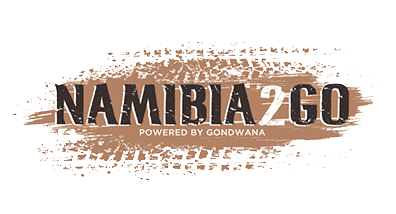It doesn’t matter whether it is a cool soft drink or something stronger – a refreshing drink is always welcome in Owambo, especially during the hot summer months. Over the centuries, the Aawambo have used their indigenous knowledge of cereals and wild fruits to make a variety of non-alcoholic and alcoholic drinks.
Ontaku, a refreshing nourishing non-alcoholic drink with a sour-sweet taste is consumed in nearly all households by children and adults and it is customary to welcome guests with ontaku as a gesture of hospitality. It is also served at weddings and other important occasions. It is made from omahangu flour which is stirred while boiling and left to cool at room temperature. A small amount of sorghum flour is added (and cold water, depending on the desired thickness) and fermented ontaku from the previous day. It is left to ferment for four to six hours, strained and is then ready to be enjoyed.
A popular traditional beer, omalovu, is made by mixing sorghum malt with water and then boiling the mixture on a fire and stirring it with a wooden spoon for two hours. The mixture is then filtered by pouring it through a strainer, left to cool and poured into an oshitoo (traditional pot). A small amount of omahangu flour is added after it has been left to ferment for between six and 24 hours. The mixture is then left to ferment for another hour when it is ready to be enjoyed.

Oshinwa is a refreshing, sweet non-alcoholic drink. It is made by adding water to the flesh of ongongo (marula) fruit that has been squeezed for their juice to make omagongo (marula wine). Water is added to the flesh and left to stand overnight. After the foam has been skimmed off the surface, the juice is filtered into a bowl and ready to be enjoyed.
If there is one beverage that needs to introduction it’s omagongo (marula wine) – one of the most popular drinks in Owambo. Such is its social and cultural significance that the Oshituthi shomagongo (Marula Fruit Festival) has been inscribed on the UNESCO Representative List of Intangible Cultural Heritage List of Humanity.

The festival is rotated annually amongst the eight Aawambo communities and will be hosted in 2025 by the Oukwanyama Traditional Authority, as well as the Ombadja Traditional Authority.
It is made from the juice which is extracted from the fruit of the omugongo (marula) and left to ferment for between one and four days. Omagongo is brewed in most households during the fruiting season and is served to guests and at special occasions. The juice is traditionally extracted by women using the sharp edge of a cow horn to pierce the fruit’s leathery skin and then twisted around the nut to squeeze the juice into a container, but mechanical presses are increasingly being used.
Ombike, also known as Owambo gin, is another popular drink made by distilling the fruit of several indigenous fruit trees. Water is added to the dried fruit, which is fermented for between five and 20 days. The fermented fruit is then placed in a pot, boiled and distilled to produce a clear, colourless spirit with a alcohol content ranging between 7% and 50% - yes, you read correctly 50%.
And, not forgetting another popular drink, otombo. It is especially popular among the elderly in Owambo and is also sold at cuca shops as it is relatively easy to make and a cheap alcoholic beverage.







.png)

SUBMIT YOUR COMMENT